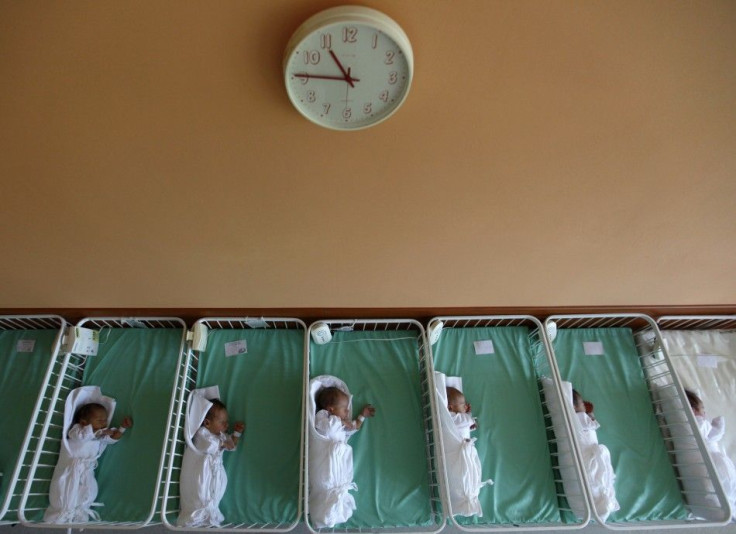Teen pregnancy rate declines in the U.S.

While the birth rate for U.S. teenage girls between ages 15- and 19-years-old declined for a second year in 2009, the historic decrease remains nine times higher than at least 13 other industrialized countries, according to July report America's Children In Brief: Key National Indicators of Well-Being, 2010 from the U. S. Centers for Disease Control and Prevention.
Between 2008 and 2009, there was a six percent decrease in the teen birth rate.
The teen birth figures have ... declined tremendously, Edward Sondik, the director of the Centers for Disease Control and Prevention's National Center for Health Statistics, told Reuters in a news conference. Despite a little blip a few years ago, they continue on this downward trend, Sondik added. So we are seeing significant social changes right in front of us.
In 2009, there were roughly 409,840 - down from 434,758 births and a birth rate of 41.5 in 2008 - live births with a birth rate of 39.1 per 1,000 women in this age group, CDC noted. The report, which serves as a federal status update on the well-being of American children, showed the adolescent birth rate declining for a second consecutive year to 20.1 births per 1,000 girls aged 15 to 17 in 2009 from 21.7 per 1,000 in 2008.
CDC says the causes for the decreases are unknown, and it is unclear whether they will continue. While birth rates for other age groups have also decreased during this time, federal health officials say teen birth rates bear concern due to the potential increase in the socioeconomic burden of teen pregnancy and childbearing due to factors including:
- Being sexually active
- Lack of access to or poor use of contraception
- Living in poverty
- Having parents with low levels of education
- Poor performance in school
- Growing up in a single-parent family
The rate of drug use among eighth graders also increased, according to the latest government report on child well-being. From 2009 to 2010, the proportion of eighth graders who reported using illicit drugs in the past 30 days grew to 10 percent from 8 percent, according to the report.
© Copyright IBTimes 2024. All rights reserved.





















